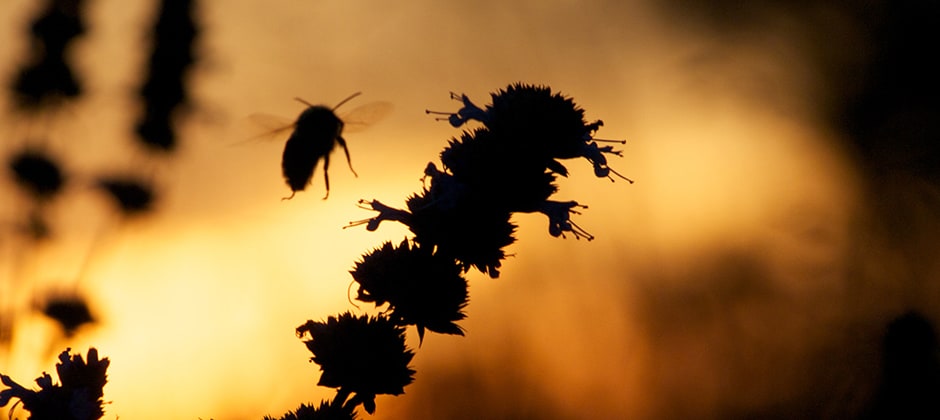Share this article
What’s killing bumblebees? It could be the trees
A search for the cause of massive bumblebee (Bombus spp.) deaths has reached some surprising conclusions. The culprit may not be humans. It may be the trees. “Not every dead bee could be because of a pesticide,” entomologist Sujaya Rao told the New York Times. “There are strange phenomena in nature that lead to things like this.” In a study published in PLOS ONE, Rao and her team looked at bee deaths associated with linden trees in North America and Europe. “After many dead ends,” the Times writes, “a pattern emerged: Deaths seemed to occur on cooler mornings, late in the blooming season, when trees start running out of nectar. So what did it mean?” Researchers believe the bees continued to return to the trees even after they ran out of nectar, and on cool mornings, lack the energy to fly back to the nest. “It’s like you have a favorite Starbucks, and you keep going there,” said Dr. Rao. “And one time they’re out of coffee, and then you don’t have enough gas to go to the next Starbucks. And so you’re stranded.”
Read the New York Times story here.
Header Image: To understand the cause of massive bumblebee deaths, researchers looked to the trees. ©Bjorn Watland








